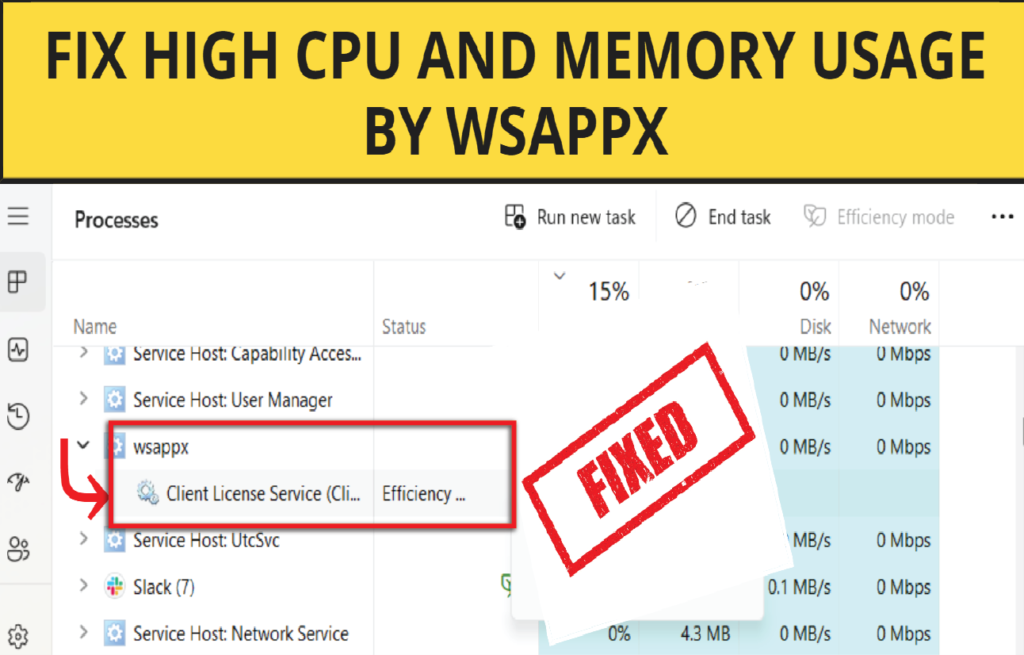

Apple is making a big change—starting in 2025, iOS 26 and other Apple operating systems will be renamed using the release year. Say goodbye to confusing version numbers and hello to a cleaner, more intuitive naming system across the board.
What’s Changing with iOS?
Apple is planning a significant shift in how it names its operating systems. Starting next year, iOS 19 will instead be called iOS 26, representing its 2025 release. This change applies to the entire lineup, including iPadOS, macOS, watchOS, visionOS, and tvOS.
Rather than incrementing numbers with each major release, Apple will align its naming with the calendar year moving forward. It’s a fresh take designed to reduce confusion, especially for users who struggle to keep track of version numbers.

This shift will help customers instantly understand the software’s release period—making it easier to know how up-to-date their devices are. It’s also a smart marketing move, aligning better with how other tech giants name their products.
Why the Switch?
Apple’s current versioning system can be a bit confusing. While iOS and macOS sit at version 19, newer platforms like visionOS are only at version 3, creating a gap that doesn’t reflect the maturity or importance of each system. This mismatch can be tricky for users and developers trying to track progress or make sense of what’s current.
By moving to a year-based naming convention, Apple is cleaning up the clutter and aiming for a more consistent experience across its ecosystem. It simplifies comparisons between platforms and instantly tells users when the software was released.
This isn’t just about looks—it’s also a way to signal when big changes are coming. Whether it’s a visual overhaul, new features, or performance upgrades, year-based names give Apple a chance to reintroduce each OS with a fresh identity every year. It’s a modern move that aligns with global tech trends and puts innovation front and center.
New Names Across the Board
Apple isn’t just renaming iOS—every major operating system is getting a year-based identity. Here’s a breakdown of how the versions will be renamed in 2025:
-
iOS 19 ➝ iOS 26
-
visionOS 3 ➝ visionOS 26
-
macOS 19 ➝ macOS 26
-
iPadOS 19 ➝ iPadOS 26
-
tvOS 19 ➝ tvOS 26
-
watchOS 12 ➝ watchOS 26
These numbers may seem like a leap, but they reflect the year of release: 2025 equals version 26. It’s a reset of sorts, but one that brings clarity to Apple’s diverse and ever-growing operating system family. With a single glance, users can now tell how recent their OS is—without needing to know the platform’s entire version history.
This is a simple but strategic step toward creating a more user-friendly brand experience across all Apple devices.
Consistency Is Key
With the new system, Apple finally brings consistency to its entire OS lineup. This will help reduce confusion, particularly for consumers who use multiple Apple products. Whether it’s a MacBook, iPhone, or Apple Watch, you’ll now see matching software version years like macOS 26, iOS 26, and watchOS 26.
Before this change, people often assumed different platforms were out of sync due to mismatched numbers. A year-based model removes that assumption and reinforces Apple’s vision of ecosystem unity. It’s also expected to simplify things for developers managing cross-platform compatibility.
More importantly, this gives Apple the opportunity to rebrand its OS updates as annual events—each one with a clear, recognizable number that represents progress and innovation.
What to Expect at WWDC
Apple is likely to unveil this new naming convention at its annual Worldwide Developers Conference (WWDC), which starts on June 9, 2025. This year’s conference is rumored to be one of the most exciting in recent history, with big redesigns and new features expected across iOS and macOS.
The timing makes sense: a new naming format introduced alongside a visual overhaul reinforces Apple’s dedication to innovation. Users can expect a first look at iOS 26 and how it integrates with Apple’s wider product family.
Additionally, developers will get hands-on previews and sessions that help them align their apps with the refreshed platform. It’s not just about new names—it’s about a new chapter in Apple’s software story.
Conclusion
Apple’s decision to shift to year-based names for its operating systems is more than just a rebranding—it’s a smart move to bring more clarity and harmony to its entire product lineup. By using release years like “iOS 26,” it becomes instantly easier for users and developers to stay in sync with updates.
This change also hints at something bigger—a refreshed, more unified Apple experience across all devices. It’s not just about the name; it’s about simplifying the way people connect with Apple’s software.
With WWDC around the corner, we’ll soon see what else Apple has in store. One thing is clear: while the labels may be new, Apple’s commitment to intuitive, user-friendly design isn’t going anywhere.
FAQs
1. Why is Apple renaming iOS to iOS 26?
Apple is switching to a year-based naming convention to make its operating systems easier to understand and more consistent. iOS 26 will reflect the 2025 release, and future updates will follow the same pattern. It’s a clearer way to show users how current their OS version is.
2. Will this affect how I update my iPhone or iPad?
No. The update process will remain the same—it’s just the name that’s changing. You’ll still receive new features, security patches, and updates as usual through Settings > Software Update.
3. Are other Apple systems getting renamed too?
Yes! All major Apple platforms will follow this format. macOS, watchOS, visionOS, tvOS, and iPadOS will all adopt the 2026 label in their next major release.
4. What will happen to the current version numbers like iOS 17 or 18?
Those versions will keep their original names. The year-based naming will only apply to updates released from 2025 onward, starting with iOS 26.
5. When will Apple officially confirm this change?
The announcement is during the WWDC 2025 keynote on June 9. Apple will likely explain the rationale and showcase the first OS versions with the new naming system during that event.


